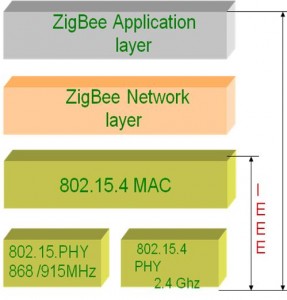Digital Video Channel to Home Btech ECE Project: DTH is transmission of digital video channel to home subscriber with the help of a small dish antenna. It uses a technology that enables a home to get high speed internet broadband access data communication, voice over internet protocol (VOIP) telephony etc with the help of an open standard Digital Video Broadcasting (DVB) technology.
The video channels are displayed using a set top box and capable of demodulating Motion Picture Engineering Group (MPEG-2) standard videos. The return channel like voice over internet protocol and broadband access data communications are for the home terminal. The return channel is an open standard via the satellite is known as RCS.
DVB-RCS technology with hardware compatible is readily present in the market in both Ku-band and C-band. DVB-RCS is an international open standard for multimedia satellite network with which return data rates in access of 2 Mbps with the low cost user terminals. The forward ink is usually at 40 Mbps.
Nowadays most TV customers are having programming via a direct broadcast satellite (DBS) provider like DISH TV or DTH platform. DTH extends as Direct-To-Home television. It refers as the reception of satellite programmes with a personal dish in a particular home. With DTH technology, there is no need of local cable operator and it has put the broadcaster directly in touch with the user and cable operators is able to receive satellite programmes which are distributed to individual homes.
DD Direct is launched by Doordarshan, Dish TV is launched by Essel Group and has different set top box along with Smart card facility to decode paid channels. NSS 6, Ku-band satellite provides interactive access to high speed internet.
Conclusion:
DTH, Direct-To-Home, connects urban, rural and remote areas of the country that provides communication, education and entertainment just at a click of a button. Broadband noise will have negligible effect on GMRT Observations. Narrow band noise can cause RFI.
Download Digital Video Channel to Home Btech ECE Project.

